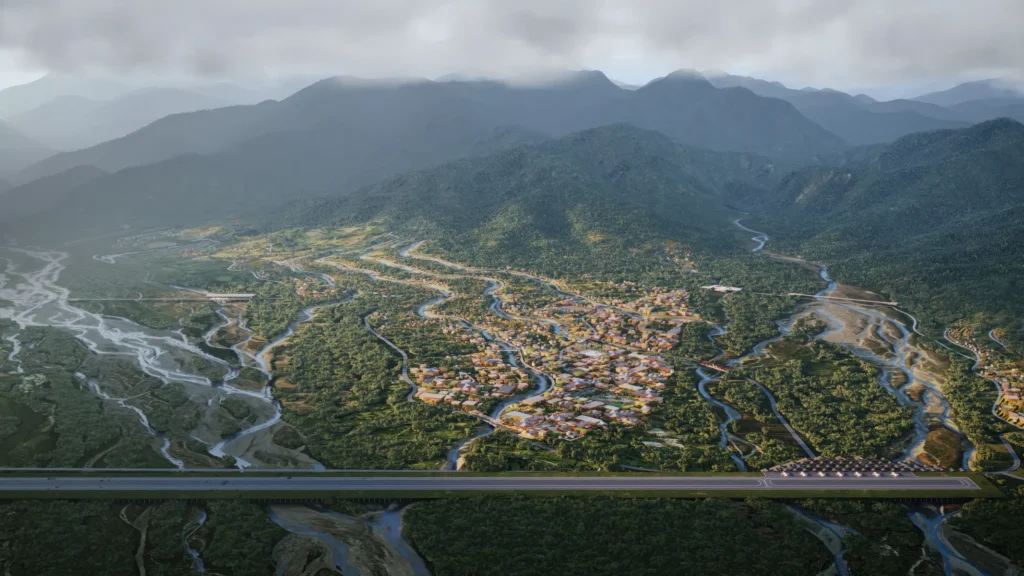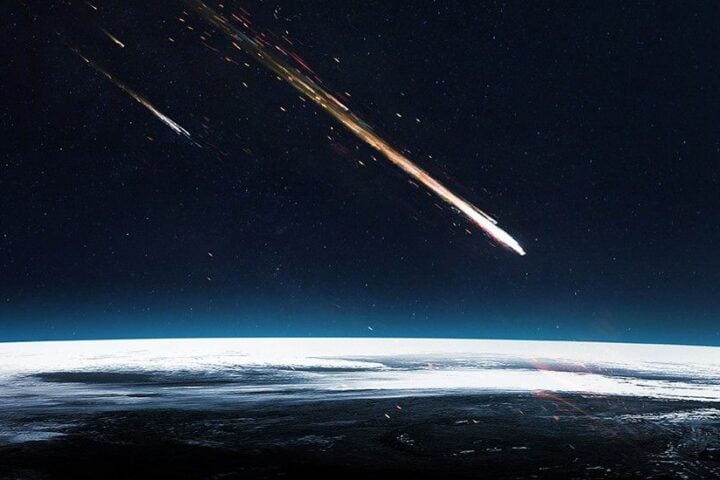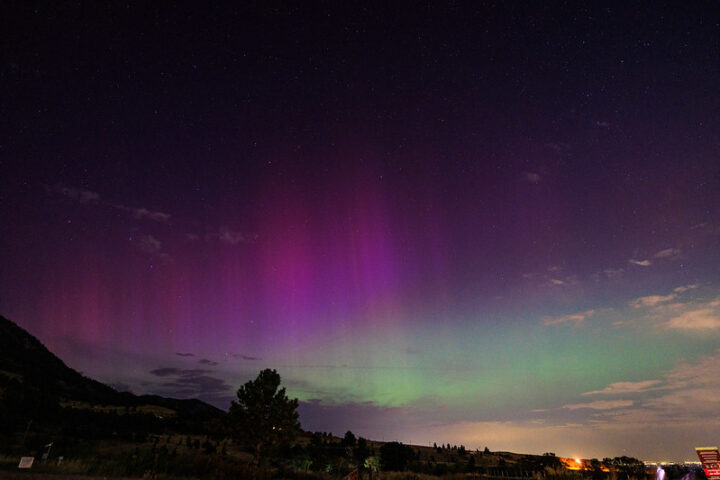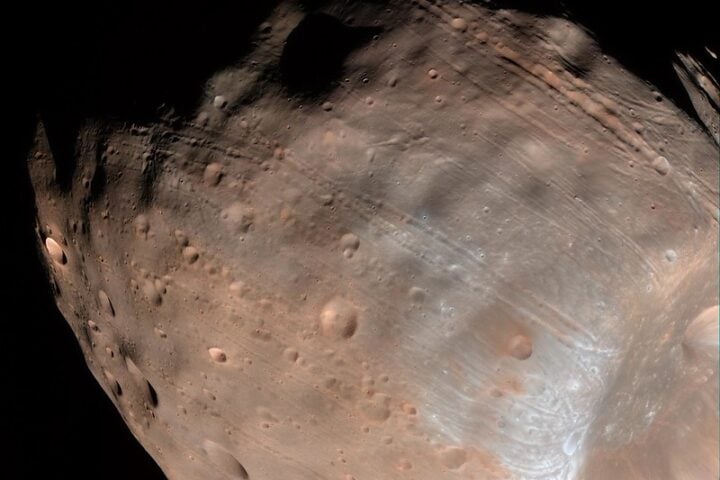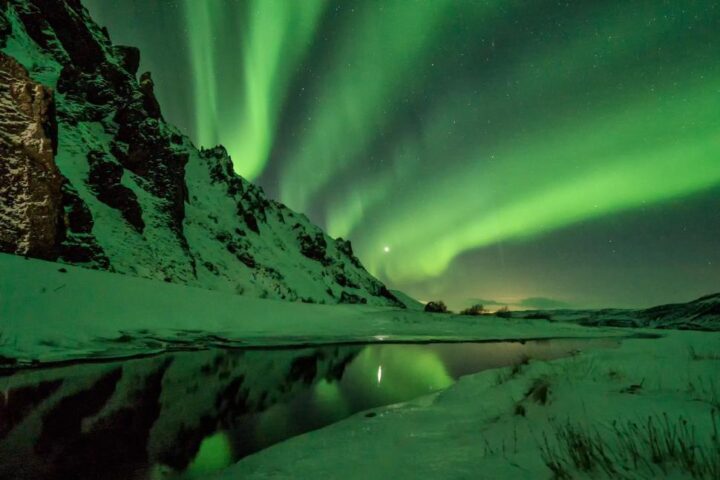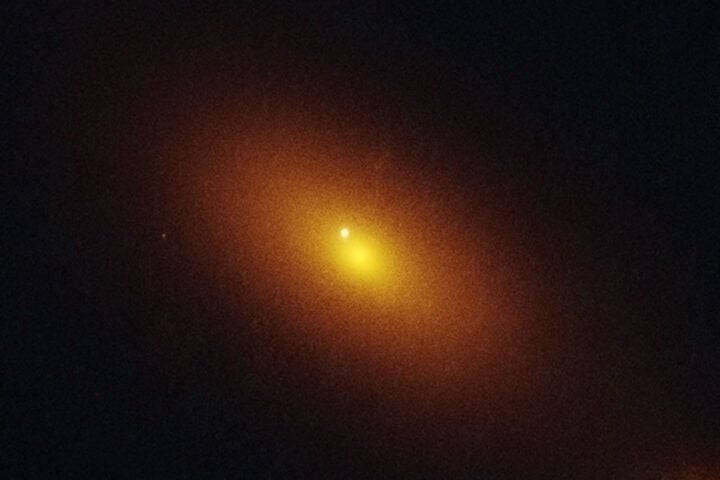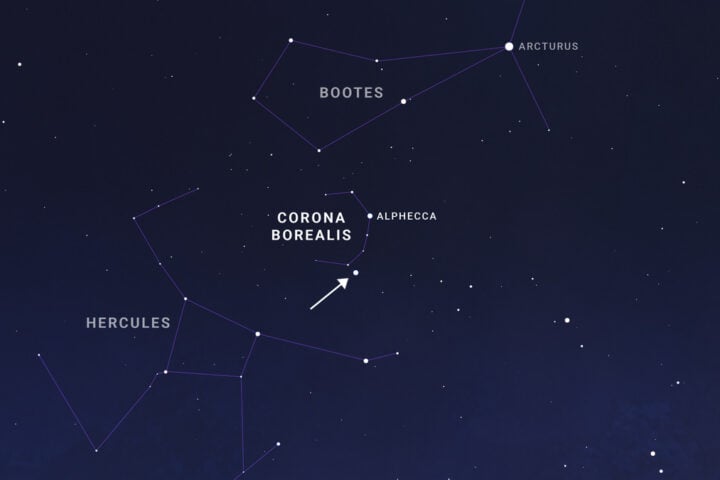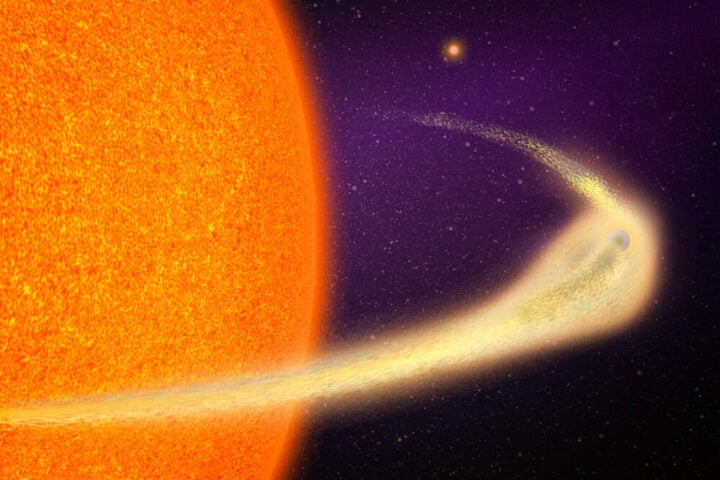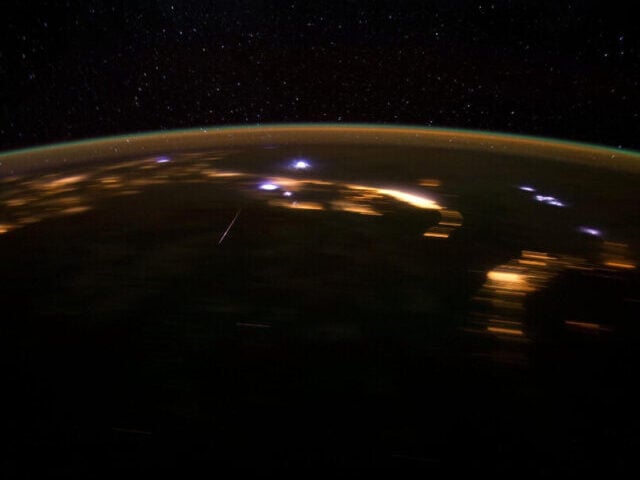Using the James Webb Space Telescope (JWST), an international team led by the University of Cambridge has presented a remarkable astronomical discovery. The discovery, which opens the next chapter in the field of astrophysics, revolves around the spotting and identification of the oldest known black hole in the cosmos to mankind. Originating more than 13 billion years ago, the black hole came into existence just 400 million years after the Big Bang. The magazine Nature published the ground-breaking findings of this finding.
The supermassive black hole, several million times the mass of the Sun, is the focus of this finding. Black hole generation and growth theories are seriously challenged by the existence of such a large object in the early universe. Astronomers have generally believed that supermassive black holes, which are located in the nuclei of galaxies like our Milky Way, require billions of years to reach their enormous sizes. The magnitude of this recently found black hole, however, points to different development mechanisms. This opens the possibility that black holes could even be ‘born huge‘, or that their rate of matter consumption is substantially higher than previously thought.
Supermassive black holes are believed to form from the remains of deceased stars and collapse into a black hole with a mass approximately 100 times that of the Sun. The black hole that the researchers saw would have taken a billion years or more to grow to its current size under standard growth expectations—a period of time that is longer than the universe’s age at the point of detection. Professor Roberto Maiolino of the Cavendish Laboratory and Kavli Institute for Cosmology at Cambridge University highlights the need for investigating alternative formation mechanisms, given that early galaxies were likely rich, gas-filled environments that served as a prodigious feeding ground for rapidly expanding black holes.
Similar Posts
This specific black hole, which is a component of the young host galaxy GN-z11, exhibits a remarkably high matter consumption rate in comparison to its counterparts from later epochs. By definition, black holes need the material from neighbouring galaxies as fuel for their expansion. This process happened with surprising intensity in the case of GN-z11. The galaxy’s evolution is probably being hampered by the black hole’s intense absorption capacity. Some of the gas that black holes consume is released as fast winds. The galaxy’s star formation processes may be interfered with by such absorption, which could eventually cause the galaxy to gradually fade away. This also implies that the black hole will ultimately reach a stunted growth point because its fuel supply will inevitably run out.
The results highlight the crucial role played by the James Webb Space Telescope in furthering our understanding of the cosmos while also throwing insight on the dynamics of the ancient universe. Some have compared the increased sensitivity of JWST to a quantum leap from Galileo’s telescope to modern astronomical instruments, especially in the infrared spectrum. As JWST continues to explore space, Maiolino is excited about the possibility of discovering even older black holes in the future.

